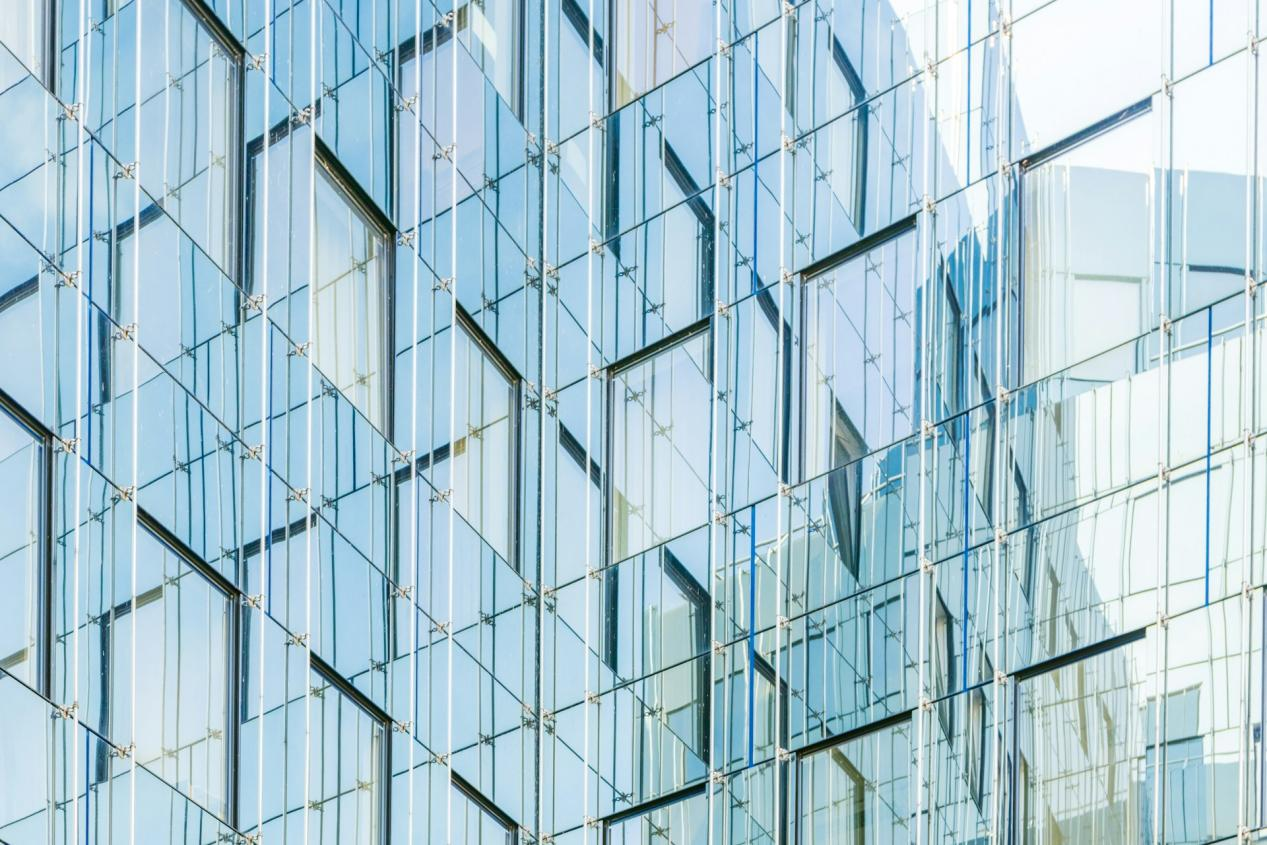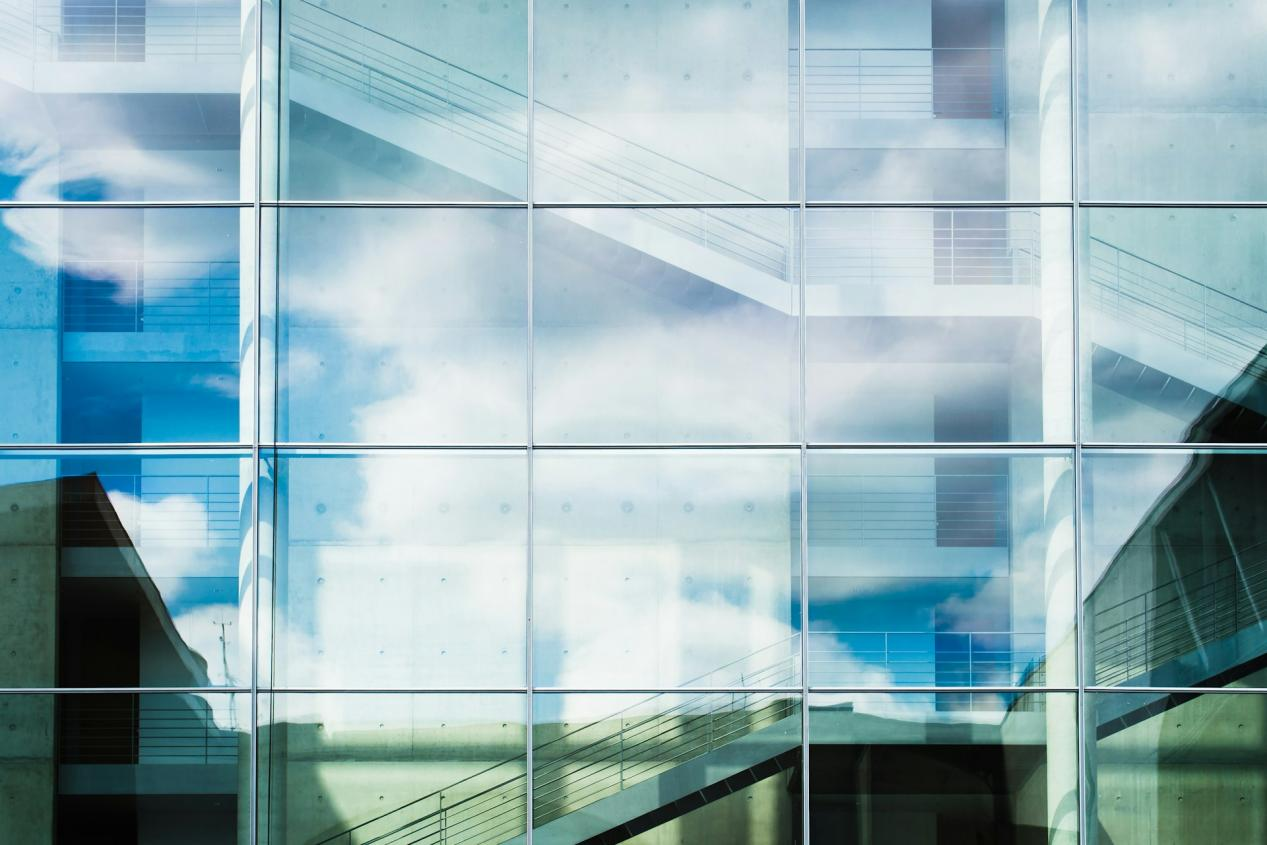News
Application of Float glass and ultra-clear glass
In modern life, glass is an essential basic material. Float glass and ultra-clear glass, as important members of the glass family, not only have a close relationship but also show significant differences in performance and application scenarios, jointly supporting market demands at different levels.
1. Float Glass: The 'Cornerstone of Standardization' in the Glass Industry
The production principle of float glass is to smoothly pour molten glass into a tin bath containing molten tin. Due to the different densities of glass and tin, the glass naturally spreads out on the surface of the tin, forming a glass ribbon with uniform thickness and a smooth surface; it then undergoes processes such as cooling, annealing, and cutting, ultimately producing flat glass with standardized specifications.
In terms of performance, float glass has two main characteristics: Firstly, it is highly practical; its mechanical strength, heat resistance, and light transmittance can meet basic requirements. For example, door and window glass, ordinary curtain walls, and furniture glass panels all primarily use float glass as the main material. Secondly, the cost is controllable. Due to well-developed production processes and readily available raw materials (such as common quartz sand and soda ash), the price of float glass is relatively affordable, making it the 'cost-effective choice' that supports the mass market.

However, due to the presence of a small amount of iron in the raw materials (about 0.1%-0.2%), float glass tends to have a slight green tint, and its light transmittance is relatively limited, usually ranging from 67% to 89% (decreasing with increased thickness), making it difficult to meet the requirements for high visual purity and high transparency.
2. Ultra-clear glass(low iron float glass): the 'high-end products' in the float glass process
Ultra-clear glass is a high-quality float glass developed on the basis of the float process through 'raw material upgrading and process optimization.' By selecting high-purity quartz sand (with very low iron content) and optimizing the proportion of raw materials, the iron content in the glass is reduced to below 0.015% (only about 1/10 of ordinary float glass), fundamentally solving the 'greenish-blue' problem of ordinary float glass. This key improvement gives ultra-clear glass the following advantages: First, it offers exceptional visual effects, with a light transmittance of over 91.5% (for 6mm thickness), making it almost colorless and transparent. Second, it has superior physical properties. Due to the high purity of raw materials and stricter control of bubbles and impurities during production, the surface flatness deviation of ultra-clear glass can be kept within 0.1 mm/m². Its wind pressure resistance (up to over 6000 Pa) and weather resistance (with an annual light transmittance decay rate of only 0.3%) are also significantly better than ordinary float glass.

Whether as ordinary float glass serving as a 'cornerstone' or as ultra-clear glass regarded as a 'premium product,' both are important achievements in the development of the glass industry. According to different market demands, each fulfills its own role, jointly promoting the innovative application of glass materials in more fields.
RELATED NEWS
- Clean Room for Float Glass Production Lines: The Core Guarantee of High-Quality 2025-12-09
- Chinese Float Glass and Laminated Glass Prices Hit Bottom, Seize the Pre-Holiday 2025-11-21
- How to Choose the Right Bathroom Door Glass? 2025-11-10
- How to Accurately Choose the Size of a Tempered Glass Tabletop? 2025-10-31
- Production Process of Tempered Glass 2025-10-27
CATEGORIES
LATEST NEWS
CONTACT US
Contact: Mark
Phone: 0086-15153264838
E-mail: trade@vidriosglass.com
Whatsapp:0086-15153264838
Add: Jinshi International Square, No. 157,Jinggangshan Road,Qingdao City,Shandong,China
